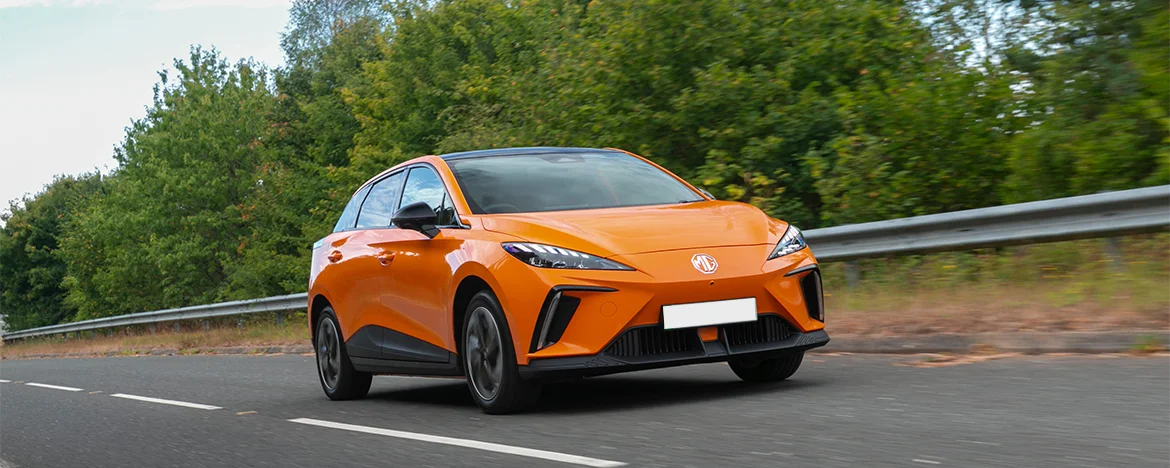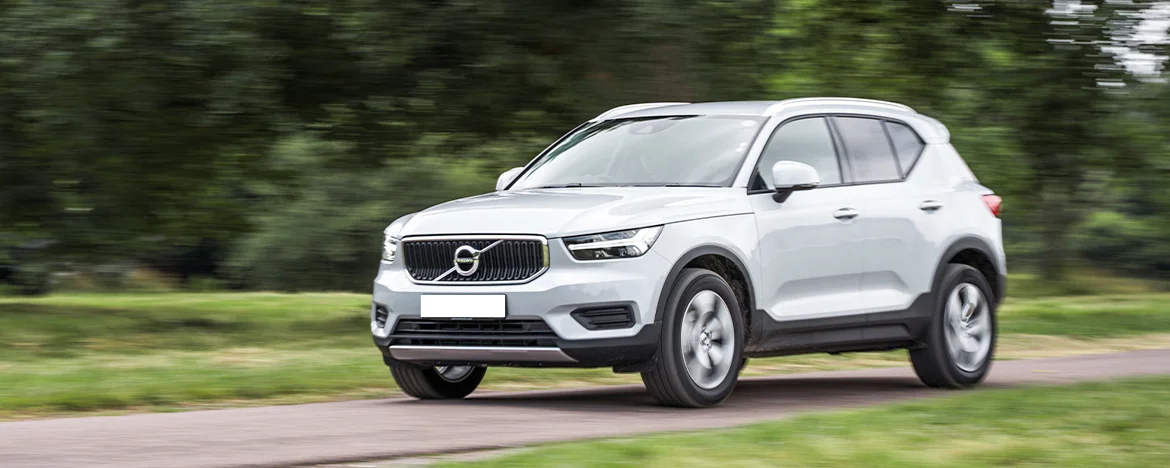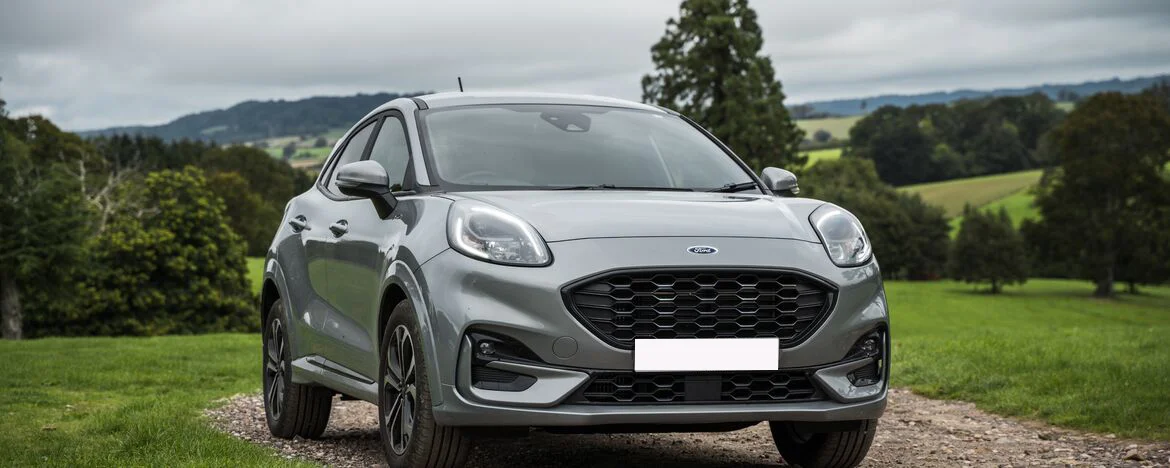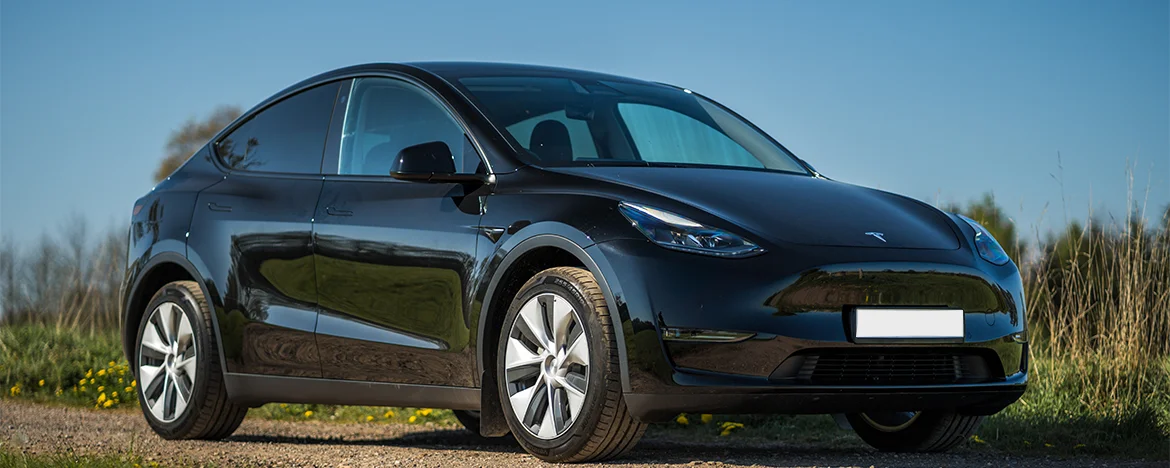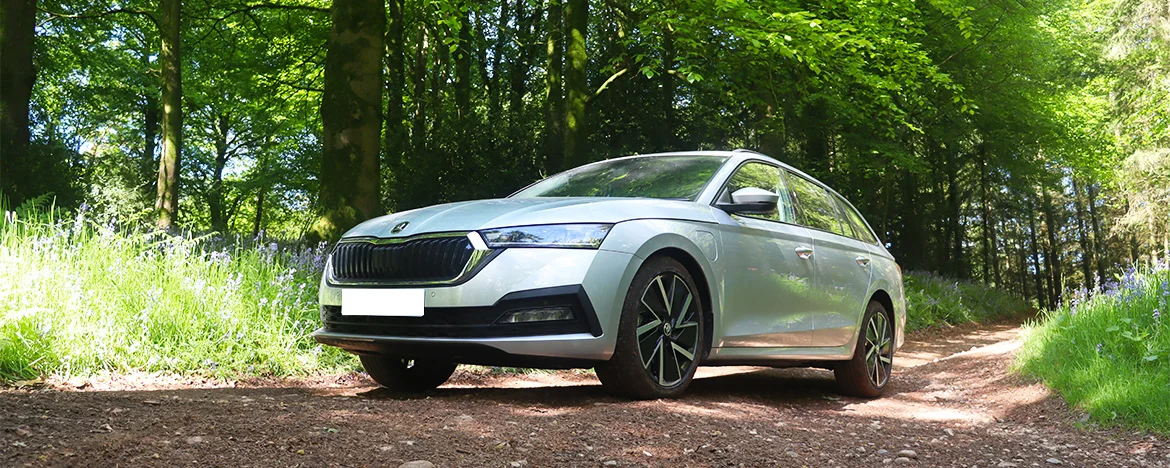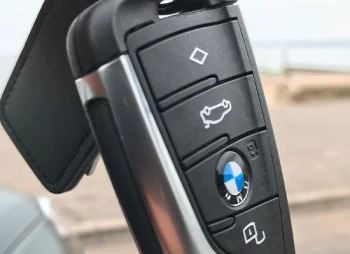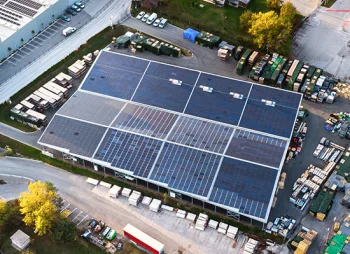Corparison’s guide to selecting the right fuel type for your fleet
Trying to choose which fuel type your next fleet vehicles should have?
There’s never been such a wide selection of fuel types in automotive history. With a need to develop more sustainable and cost-effective vehicles, both for the public and for fleets, there has been an increase in engine type and powertrains over the last few years.
The drive for low-emission vehicles has resulted in multiple changes, not just in the push for electric driving, but also in the traditional petrol and diesel cars themselves to make them as economical and efficient as they can be.
But all these choices can result in a headache when it comes to picking the right fuel type for your fleet.
There’s no right or wrong answer, unfortunately. It’s all going to come down to your company’s individual needs and budget, and even your driver’s preferences. But with a comprehensive fleet strategy in place, you can make an informed decision.

